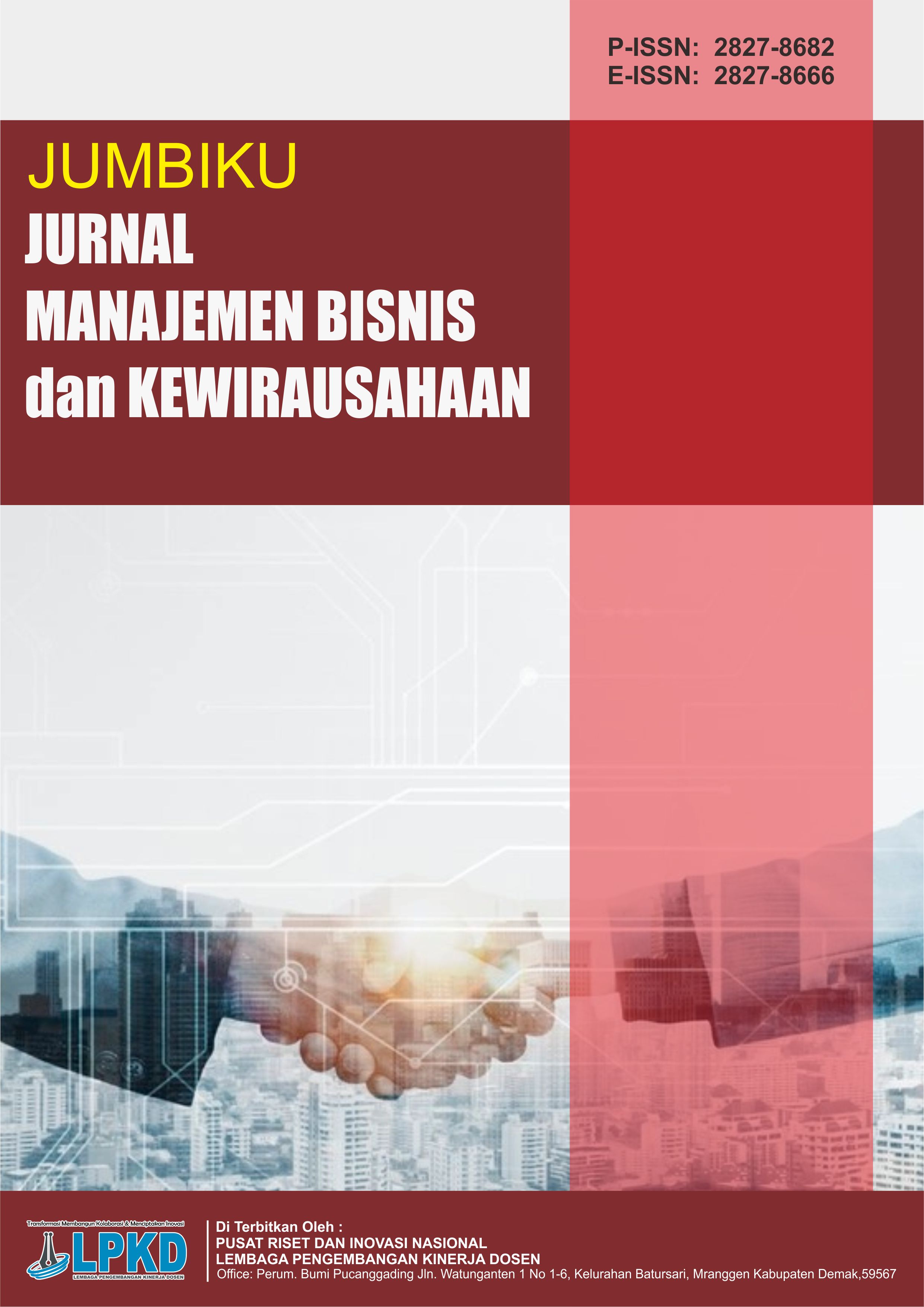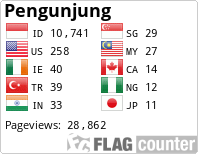Peran dan Strategi Human Capital dalam Meningkatkan Produktivitas Karyawan di Industri
DOI:
https://doi.org/10.55606/jumbiku.v5i2.5459Keywords:
human capital, employee productivity, HR strategy, banking industry, adaptive leadershipAbstract
This study aims to explore the role and strategy of human capital in improving employee productivity within Indonesia’s banking industry. Amid digital transformation, efficiency demands, and increasingly competitive financial markets, human resource management must evolve from merely administrative functions into a strategic pillar. Using a descriptive qualitative approach, data were collected through semi-structured interviews and document analysis across several banking institutions. The findings indicate that human capital strategies involving competency development, digital-based training, talent mapping, and adaptive leadership have a positive impact on employee performance. Adaptive and collaborative leadership styles also emerge as a key factor in supporting these strategies. However, challenges such as resistance to change and digital readiness remain present. This research provides practical implications for the development of human capital policies that are more adaptive, human-centered, and sustainable in the banking sector.
Downloads
References
Avolio, B. J., & Bass, B. M. (2004). Multifactor leadership questionnaire manual. Mind Garden Inc.
Becker, B. E., & Huselid, M. A. (2006). Strategic human resources management: Where do we go from here? Journal of Management, 32(6), 898–925.
Boal, K. B., & Hooijberg, R. (2001). Strategic leadership research: Moving on. The Leadership Quarterly, 11(4), 515–549.
Braun, V., & Clarke, V. (2019). Reflecting on reflexive thematic analysis. Qualitative Research in Sport, Exercise and Health, 11(4), 589–597.
Creswell, J. W. (2014). Research design: Qualitative, quantitative, and mixed methods approaches (4th ed.). Sage.
Djogo, H. T. (2024). Strategi kepemimpinan sumber daya manusia di era VUCA. Jurnal Manajemen Bisnis, 13(2), 102–117.
Heifetz, R., Grashow, A., & Linsky, M. (2009). The practice of adaptive leadership: Tools and tactics for changing your organization and the world. Harvard Business Press.
Kaufman, B. E. (2021). High-performance work practices and firm performance. Industrial Relations Journal, 52(3), 187–204.
Rifandi, R., Ananda, T., & Pratama, R. (2024). Strategic human capital in the post-pandemic recovery: Case of AirAsia & Garuda. Jurnal Bisnis Global, 9(1), 45–60.
Robbins, S. P., & Judge, T. A. (2022). Organizational behavior (18th ed.). Pearson Education.
Santoso, D., & Prasetyo, E. (2022). Transformasi strategi SDM berbasis digital dalam perbankan. Jurnal Ekonomi dan Bisnis Digital, 7(1), 22–37.
Sari, L., Hidayah, N., & Puspitasari, R. (2023). Kepemimpinan transformasional dan kinerja karyawan perbankan: Studi empiris di Jakarta. Jurnal Sumber Daya Manusia, 8(2), 90–102.
Sugiyono. (2021). Metode penelitian kualitatif, kuantitatif, dan R&D. Alfabeta.
Ulrich, D., Brockbank, W., Johnson, D., Sandholtz, K., & Younger, J. (2015). HR competencies: Mastery at the intersection of people and business. Society for Human Resource Management.
Yukl, G., & Mahsud, R. (2010). Why flexible and adaptive leadership is essential. Consulting Psychology Journal: Practice and Research, 62(2), 81–93.
Downloads
Published
How to Cite
Issue
Section
License
Copyright (c) 2025 Jurnal Manajemen, Bisnis dan Kewirausahaan

This work is licensed under a Creative Commons Attribution-ShareAlike 4.0 International License.








